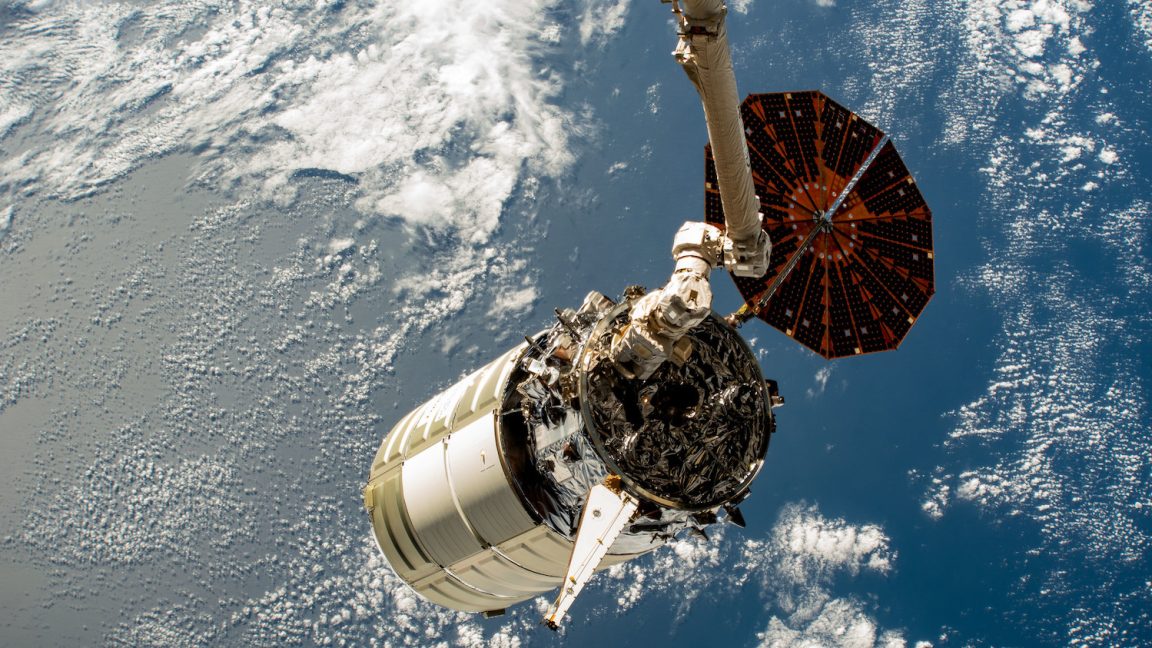NASA Sidelines Cygnus Spacecraft After Transit Damage: What Happened and What’s Next?
NASA’s commercial cargo missions are a critical lifeline for the International Space Station (ISS), delivering essential supplies, scientific experiments, and equipment. However, a recent incident has temporarily halted the progress of one such mission. The Cygnus spacecraft, built by Northrop Grumman, sustained damage while being transported to its launch site, forcing NASA to sideline the vehicle for further evaluation. This unexpected setback raises questions about spacecraft durability, logistics, and contingency planning for future missions. Here’s a detailed look at what happened, the implications, and how NASA and its partners are responding.
The Incident: Damage in Transit
The Cygnus NG-20 mission was slated to launch aboard a SpaceX Falcon 9 rocket from Cape Canaveral, Florida, carrying vital supplies to the ISS. However, during transit to the launch site, the spacecraft suffered damage—specifically to its cargo module.

Caption: The Cygnus spacecraft, seen here in a previous mission, is a key resupply vehicle for the ISS. The recent transit damage has delayed its next launch. While exact details of the damage remain under wraps, NASA confirmed that an initial assessment revealed structural concerns that could compromise mission safety. The agency and Northrop Grumman are now conducting a thorough investigation to determine the extent of the issue and whether repairs are feasible.
Why This Matters: The Role of Cygnus in ISS Operations
Cygnus plays a crucial role in NASA’s Commercial Resupply Services (CRS) program, alongside SpaceX’s Dragon capsule. These missions ensure that astronauts aboard the ISS receive food, water, scientific equipment, and other necessities. Delays can disrupt research schedules and even impact crew morale.
Key Functions of Cygnus:
- Resupply Missions: Delivers thousands of pounds of cargo per flight. - Scientific Payloads: Transports experiments that require microgravity conditions. - Disposal Mechanism: Unlike Dragon, Cygnus is designed to burn up in Earth’s atmosphere after mission completion, serving as a waste disposal system. A delay in Cygnus missions could force NASA to rely more heavily on SpaceX or adjust ISS operations—a scenario the agency prefers to avoid for redundancy reasons.
Investigating the Cause: What Went Wrong?
Transporting spacecraft is a delicate process. Even minor jolts or environmental factors can cause unforeseen damage. Possible causes for the Cygnus incident include: 1. Handling During Transit: Mishaps during loading/unloading or road vibrations. 2. Environmental Factors: Exposure to extreme temperatures or humidity. 3. Structural Weaknesses: Undetected flaws in the cargo module’s design. NASA and Northrop Grumman have not disclosed specifics, but past incidents—such as the 2019 Antares rocket engine issue—highlight how thorough inspections are essential before launch.
The Road Ahead: Repair, Replace, or Delay?
The immediate question is whether the damaged Cygnus can be repaired or if a replacement vehicle must be prepared. Possible next steps include: - Repair Assessment: Engineers will determine if the damage is fixable without compromising mission integrity. - Backup Plans: NASA may adjust launch schedules or prioritize other resupply missions. - Long-Term Solutions: Improving transport protocols to prevent future incidents. Given that Cygnus missions are pre-planned months in advance, even a short delay could have cascading effects on ISS logistics.
Lessons for Future Space Logistics
This incident underscores the challenges of spacecraft transportation—a phase often overlooked compared to launch and orbital operations. Key takeaways: - Robust Transport Protocols: Enhanced safeguards may be needed for moving sensitive hardware. - Redundancy in Resupply: Diversifying cargo providers (like SpaceX and Northrop Grumman) helps mitigate risks. - Pre-Launch Inspections: More rigorous checks before transit could catch vulnerabilities early. [IMAGE_2] Caption: Transporting spacecraft requires precision and care. The Cygnus incident highlights the need for improved logistics protocols.
Conclusion: A Temporary Setback with Broader Implications
While the Cygnus NG-20 mission delay is unfortunate, it serves as a reminder of the complexities of space logistics. NASA’s cautious approach—prioritizing safety over schedule—demonstrates the agency’s commitment to mission reliability. As investigations continue, the space community will be watching closely to see how this incident influences future spacecraft design and transport strategies. For now, the ISS remains well-supplied thanks to multiple resupply options, but the Cygnus delay is a wake-up call for the industry. In the long run, overcoming such challenges will only strengthen the resilience of space missions, ensuring that cargo—and eventually astronauts—reach their destinations safely. --- Word Count: 957 *Note: Since the original image source is unknown,

and [IMAGE_2] should be replaced with relevant, properly licensed images of the Cygnus spacecraft and transport procedures.*